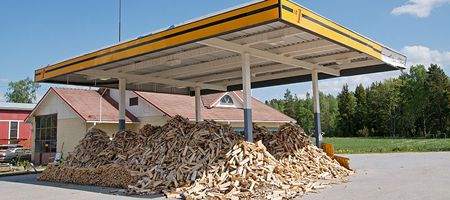The United States could do away with using crude oil altogether by using a combination of coal, natural gas and synthetic fuel made from non-food crops.

Unlike currently available biofuels, such as ethanol, synthetic fuels could be used directly in automobile engines and are almost identical to fuels refined from crude oil.
And, say the Princeton researchers, it could be gradually introduced over 30 to 40 years. But it wouldn’t be cheap: the team reckons on a price tag at roughly $1.1 trillion for the entire system.
The team found that synthetic fuel plants could produce gasoline, diesel and aviation fuels at competitive prices.
“Even including the capital costs, synthetic fuels can still be profitable,” says chemical and biological engineering graduate student Richard Baliban.
“As long as crude oil is between $60 and $100 per barrel, these processes are competitive depending on the feedstock,” he said.
At the heart of the plan is a technique that uses heat and chemistry to create gasoline and other liquid fuels from high-carbon feedstock ranging from coal to switchgrass. The method, called the Fischer-Tropsch process, was developed in Germany in the 1920s as a way to convert coal to liquid fuels.
Over the years, the technique’s been refined, but has never before been cost-effective. As the price of oil has increased, however, this has changed.
In a series of studies, the team has found that the US could meet its entire demand for transportation fuel by building 130 synthetic fuel plants across the country. Most would be clustered in the central part of the country and in the Southeast.
The biggest cost would be that of building the plants, followed by the purchase of biomass and then electricity. But, they say, the nationwide average cost of producing the synthetic equivalent of a barrel of crude oil would be $95.11.
“This is an opportunity to create a new economy,” says professor of chemical and biological engineering Christodoulos Floudas. “The amount of petroleum the US imports is very high. What is the price of that? What other resources to do we have? And what can we do about it?”






